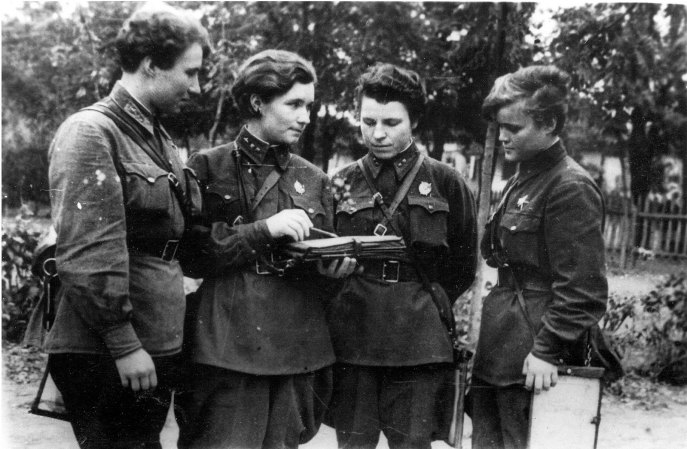In March, Wilma L. Vaught, Brigadier General, USAF (ret) is turning 90, and there is a celebration of her life and legacy at the Women in Military Service for America Memorial on March 14 from 1-4 p.m EST. She is one of the most highly decorated military women in United States history. Not only did she pioneer history for women with her many accomplishments, but she was also instrumental in the funding, building and creation of the Women in Military Service for America Memorial, which tells the story of military women and keeps their stories as a record of history.
Brig. Gen. Vaught joined the military in 1957. She graduated from the University of Illinois in 1952 and began working, but saw very little chance of advancement. Having come across an Army recruiting letter that offered her an opportunity to work in a management position (officer), she started looking into joining the military. In her research, she was given the advice to see if the Air Force had a similar program and when she found out they did she decided to join the Air Force.

1957 was after the Korean War but before the Vietnam War. When Vaught went through her training, she wasn’t taught how to use a weapon, instead, she went through a course on how to put on makeup and how to get in and out of a car tastefully. When she arrived at her first assignment at Barksdale AFB, she was assigned to the Comptroller Squadron but was sent to manage all the ladies on base until another female officer arrived.
Vaught always did the best at whatever job she assigned, and worked to take care of the Airmen below her. Throughout her career, men would find out that a woman was their next commander and try to get transferred. After a few months, people would come up to her and say, “When I heard you were coming, I wanted to be reassigned because I didn’t want to work for a woman. But I just want to let you know I don’t feel that way anymore, I would work for you anyplace.”
When asked what the key to her success was, she talked about the stories of helping people. She was known for taking over commands that may have been meeting the mission, but no one was taking care of the people. She knew how important it was for people to be put in for awards and promotions and made it a point to ensure that happened while still meeting the mission. She also continually pushed those she worked with to get their education or take required courses for promotion. Story after story of people whose lives were impacted by Brig. Gen. Vaught involved her pushing them harder to be their best.
Not only did those who worked for her want to follow her wherever she went, but her leadership also didn’t want to go anywhere without her. In 1966, when her bomber unit was preparing to deploy, her wing commander asked her to deploy to Guam with bomb wing in support of the Vietnam War. She told her boss she thought she couldn’t deploy, but he found a way to make it so that she would deploy. She was the only female deployed with 3,000 men, and spent six months working for the wing commander as a management analyst. She was the first woman to deploy for Strategic Air Command, but that wasn’t her only deployment. She was also deployed to Vietnam. While she wasn’t the first to deploy to Vietnam, she was still one of very few, and she was not issued a weapon or given fatigues to wear. But that doesn’t mean she didn’t have a weapon hidden in her hotel room in case she needed it. She was assigned to the MACV headquarters.

In June of 1948, President Truman signed the Women’s Armed Service Integration Act to replace the Women’s Army Corps (WAC) that was set to expire.
In November of 1967, President Johnson signed Public Law 90-130. This law removed the promotion and retirement restrictions on women officers in the armed forces. These laws had far-reaching effects and were a tipping point in the role of women in the military.
In 1982, she became the first woman to reach the rank of Brig. Gen. in the comptroller career field. The second woman to reach that rank as a comptroller didn’t happen for another 22 years. When she retired in 1985, she was one of the three female Generals in the Air Force and one of the seven female Generals in the U.S. Military.
She was a woman who changed the course of history for the women who followed behind her. With her can-do attitude and perseverance to get the job done, doors opened that stayed open for the women who followed her. But one of her most lasting impacts is the Women in Military Service for America Memorial located at Arlington. As president of the Women’s Memorial Foundation board of directors, she spearheaded the campaign that raised some million dollars for the memorial that was opened in 1997. It stands today as a place of record where visitors can learn of the courage and bravery of tens of thousands of American women who have pioneered the future.

























